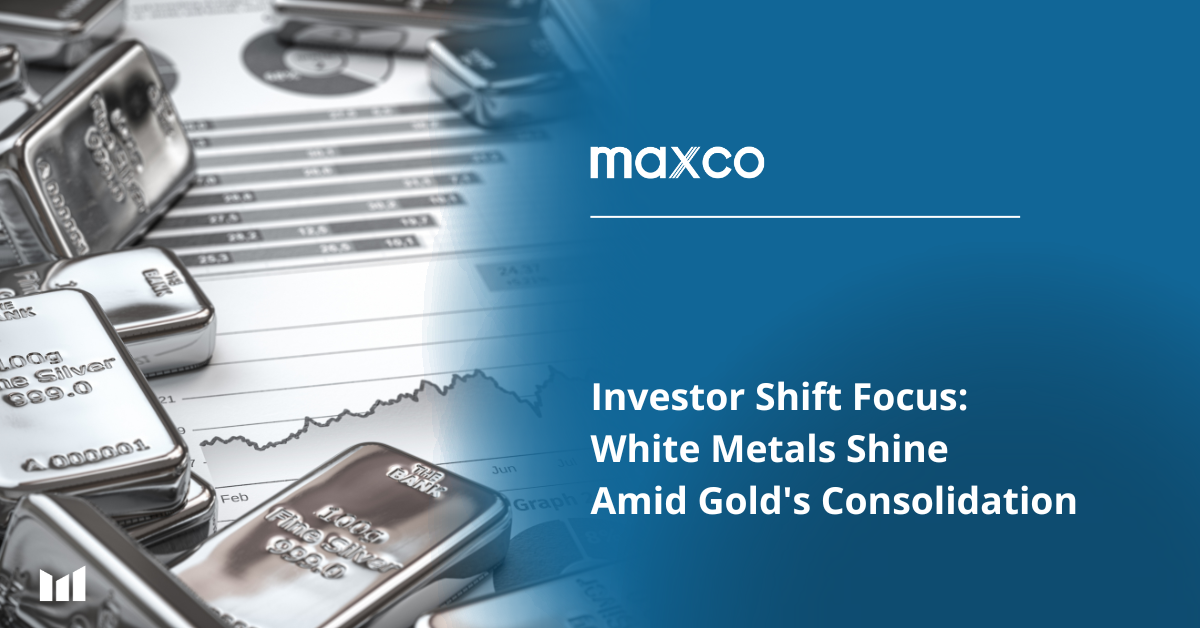In the ever-evolving precious metals market, a compelling trend has begun to emerge: are investors starting to shift their focus from gold to “white metals” like platinum and silver? Gold prices, which have been consolidating since reaching a record high of $3,500 per ounce in late April, have remained stable despite fluctuating U.S. tariff policies and shifting monetary expectations. Yet, recent market behavior suggests growing interest in alternatives within the precious metals complex.
According to UBS Global Research, while gold remains supported by strong macroeconomic uncertainty and demand for portfolio diversification, platinum has started to outperform other metals. This has sparked speculation about a possible investor rotation. One clear sign of this shift is evident in futures market data: while open interest in gold futures has declined, positions in platinum and silver futures have increased. A similar trend is seen in call options, where open interest in platinum has risen, while gold and silver have declined.
Platinum’s Striking Rally
The surge in platinum prices has been particularly notable. UBS reports that the metal recently broke through a key resistance level near $1,220 and is now approaching the psychological threshold of $1,300. Further technical resistance is projected around $1,340. In one recent trading session, platinum spiked approximately 4%, significantly outperforming gold and silver, which each rose less than 1%. Palladium also posted gains of nearly 2%. UBS analysts noted that the platinum market is showing signs of “stress,” as rising borrowing costs are pushing some market participants to buy the metal outright, further strengthening upward price momentum.
Is This a Full Rotation?
UBS has not explicitly confirmed a large-scale investor rotation out of gold. However, available data suggest that the possibility cannot be ruled out. The gold-to-platinum and gold-to-silver ratios have shifted in favor of the white metals, making them more attractive on a relative basis. Before platinum’s late-May rally, one ounce of gold was worth more than three ounces of platinum and nearly 100 ounces of silver. These stretched valuations may have triggered some portfolio rebalancing activity.
That said, UBS does not interpret these developments as a negative signal for gold. The bank maintains its bullish outlook on the metal, citing resilient physical demand and continued buying from official sectors (such as central banks) and Exchange-Traded Funds (ETFs). Any minor reallocation out of gold is expected to have a limited market impact, particularly given that overall investor positioning in gold remains relatively “light.” UBS continues to view gold as an effective hedge against macroeconomic and fiscal uncertainty.
Thin Markets, Bigger Moves
It is important to note that in the thinner white metal markets—like platinum and silver—even relatively small inflows of capital can have outsized price effects. UBS emphasizes the difference in market depth, meaning that the same level of investor interest can produce far greater price movements in platinum and silver compared to the much more liquid gold market. This explains why price action in platinum and silver can be more volatile than gold, even if the capital flow is not particularly large.


